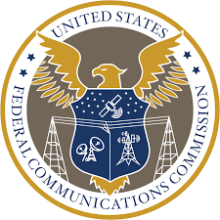Georgia CPF Funds Go Mostly to Big Incumbents; Cooperatives Share Leftovers
Kicking off the new year, Georgia Gov. Brian Kemp’s office announced $234 million of the state’s Capital Projects Fund (CPF) will be used to deploy new high-speed Internet infrastructure in the Peach State, courtesy of the American Rescue Plan Act.
The lion’s share of those federal funds, being administered by the state’s broadband office, will be gobbled up by the four national telecom giants operating in the state. The rest of the grant money will be shared by a half dozen electric cooperatives for smaller projects.
In total, the grants were awarded to 12 different applicants to fund 29 different projects across 28 counties.
“When combined with significant capital matches from the awardees, almost $455 million will be invested to serve over 76,000 locations in communities with some of the greatest need for high-speed Internet access,” the Governor’s office said in the Jan. 4 press announcement.
The Big Telecom winners were Comcast, netting almost $67 million for eight projects that looks to extend broadband access to nearly 28,000 locations; $39.3 million for five Spectrum projects that plan to pass nearly 19,000 locations; Windstream raking in $34.8 million for four projects to make high-speed Internet service available to 4,500 locations, and MediaCom hauling in $27.9 million for three projects to reach 8,200 addresses.
The electric cooperative grant awards were:





